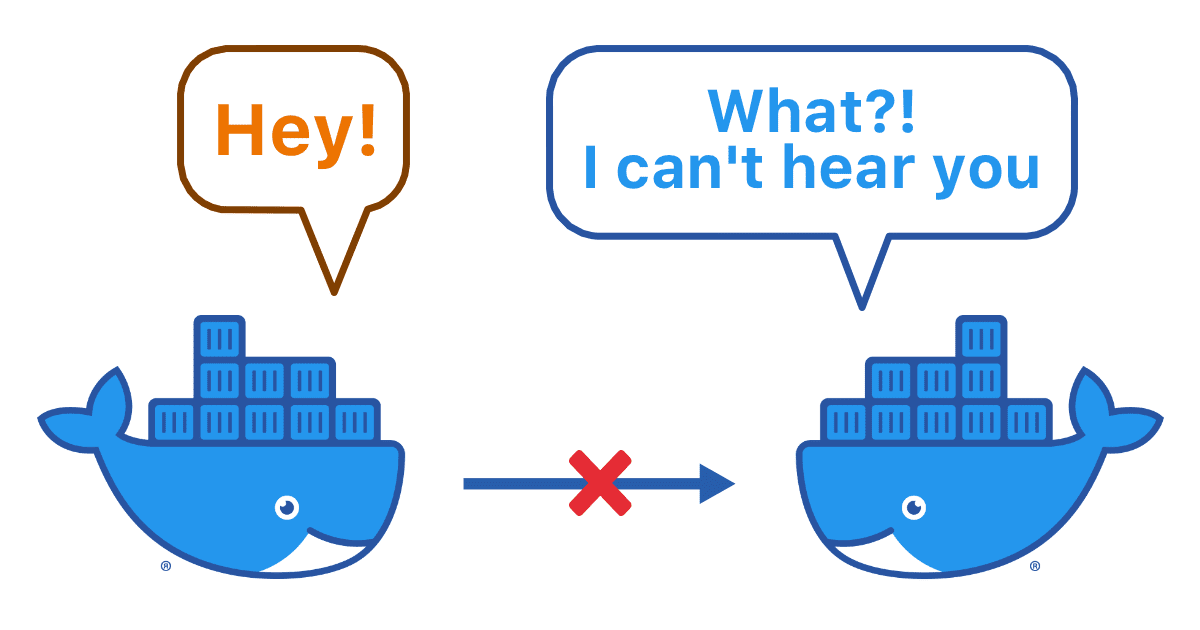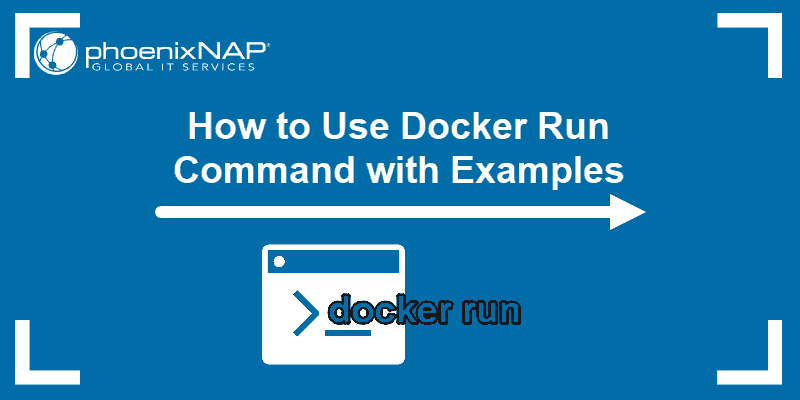

- #DOCKER RUN IMAGE AND ATTACH UPDATE#
- #DOCKER RUN IMAGE AND ATTACH VERIFICATION#
- #DOCKER RUN IMAGE AND ATTACH DOWNLOAD#
lxc-conf= (lxc exec-driver only) Add custom lxc options -lxc-conf=" = 0,1" link= Add link to another container in the form of name:alias i, -interactive=false Keep STDIN open even if not attached expose= Expose a port from the container without publishing it to your host

env-file= Read in a line delimited file of environment variables entrypoint="" Overwrite the default ENTRYPOINT of the image dns-search= Set custom DNS search domains device= Add a host device to the container (e.g. d, -detach=false Detached mode: run the container in the background and print the new container ID cpuset="" CPUs in which to allow execution (0-3, 0,1) cidfile="" Write the container ID to the file c, -cpu-shares=0 CPU shares (relative weight) add-host= Add a custom host-to-IP mapping (host:ip) a, -attach= Attach to STDIN, STDOUT or STDERR. What do we do with them? This is where docker run command comes in.
#DOCKER RUN IMAGE AND ATTACH UPDATE#
Docker appears to update their master images on a fairly frequent basis. This can help us assess how "fresh" a particular build is.
#DOCKER RUN IMAGE AND ATTACH DOWNLOAD#
We also see the image has a TAG inside of it.Īs we can see from the command below, docker pull centos:latest, we can also be more specific, and download only the version we need. So, the output indicates only one image is currently on my local machine.

Ubuntu latest 5506de2b643b 4 weeks ago 199.3 MB REPOSITORY TAG IMAGE ID CREATED VIRTUAL SIZE To see what Docker images are available on our machine, we use docker images: The pull command without any tag will download all Ubuntu images though I've already done it. Status: Downloaded newer image for ubuntu:latest

The pull command will go up to the web site and grab the image and download it to our local machine.ĭigest: sha256:f3a61450ae43896c4332bda5e78b453f4a93179045f20c8181043b26b5e79028
#DOCKER RUN IMAGE AND ATTACH VERIFICATION#
disable-content-trust Skip image verification (default true) a, -all-tags Download all tagged images in the repository Usage: docker pull an image or a repository from a registry Once we found the image we like to use it, we can use Docker's pull command: We got too many outputs, so we need to filter it out items with more than 10 stars: Nuagebec/ubuntu Simple always updated Ubuntu docker images. Torusware/speedus-ubuntu Always updated official Ubuntu docker imag. Ubuntu-debootstrap debootstrap -variant=minbase -components. Ubuntu-upstart Upstart is an event-based replacement for. Rastasheep/ubuntu-sshd Dockerized SSH service, built on top of of. Ubuntu Ubuntu is a Debian-based Linux operating s. NAME DESCRIPTION STARS OFFICIAL AUTOMATED If we do the same search, Jenkins, we get exactly the same result as we got from the web: s, -stars=0 Only displays with at least x stars automated=false Only show automated builds The Docker search command allows us to go and look at the registry in search for the images that we want.


 0 kommentar(er)
0 kommentar(er)
